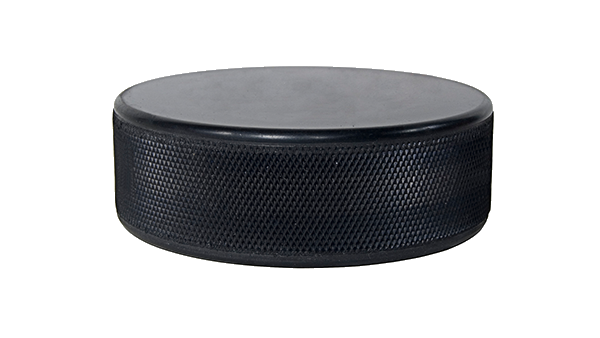
Over the years, researchers have developed countless variations of synthetic rubber. The sheer amount of these base rubber and their different formulations give businesses plenty of options – if they can figure out which one is best for them.
Choosing the right compound can be overwhelming without enough information. That need for knowledge is why we’ve broken down the origins, benefits, and downsides of various rubber materials. Up next is butyl rubber, a compound that’s ready to take a beating over time.
What is Butyl Rubber Made Of?
Like other synthetic rubbers, butyl is produced by polymerization of different substances. Butyl, also known as polyisobutylene or PIB, is specifically made by a polymerization of 98% isobutylene and 2% isoprene. Isoprene is an important ingredient for butyl as it creates double bonds that allow for crosslinking via vulcanization. However, the reaction caused by adding isoprene to isobutylene requires the material to be synthesized at low temperatures to avoid issues.
Butyl’s origins date all the way back to 1931 when polyisobutylene was first developed by German chemical producer BASF. Six years later in 1937, American researchers William J. Sparks and Robert M. Thomas developed this initial version of PIB into the butyl rubber we know today. Over time, variations of butyl to achieve ideal performance requirements for a variety of applications.
The Advantages of Butyl Rubber
Like other specialty material, butyl boasts a few different qualities that make it a go-to choice for numerous applications and industries. Simply put, butyl is built to last thanks to the following qualities:
- Physical durability
- Low gas and moisture permeability
- Shock absorption
- Multiple resistances
Incredible physical durability
Some materials need to withstand regular agitation. Butyl is able to take a beating over time without failing. This tough compound is able to take blow or deal with distress while maintaining seals and continuing any other job functions.
Low gas and moisture permeability
Butyl rubber has the distinction of being the only rubber material that is truly impermeable to both air and gas. While others may drastically limit airflow, butyl can completely prevent gas and oxygen from passing through a part. It also stops water and other moisture from seeping through, making it an ideal solution for seals, liners, and other parts that can’t have any leakage whatsoever.
Shock absorption
Butyl is one of the best rubber compounds for vibration and sound dampening. The material is known for being both durable and flexible, and those capabilities make it a natural choice for shock mounts, suspension bushings, and other parts that need to limit how much vibration and sound is made in an application.
Multiple resistances
The wrong substance or environmental hazard can derail your plans. Fortunately, butyl boasts resistances to a variety of potential problems. These include either good or excellent resistances to the following:
- Aging
- Ozone
- Weathering
- Water
- Chemicals
- Heat
When is Butyl Rubber the Wrong Choice for Your Parts?
While polyisobutylene has plenty of advantages, there are some situations where it isn’t the best choice for your parts. Every compound has its drawbacks, and butyl is no stranger with the following disadvantages:
- Poor oil resistance
- Poor abrasion resistance
- Not an ideal compression set for parts that need to bounce back
- Not made for extreme temperatures like some other materials
There are also some occasions where butyl is a perfectly fine choice, but there are more cost-effective options out there. Butyl is a great material, but if a more economic choice like EPDM can do as good of a job, it makes more sense to go with the less expensive compound to maximize the value of your parts.
What is Butyl Rubber Used For?
There are several different types of parts that can benefit from some form of polyisobutylene. Butyl has been used to make everything from gloves and tapes to heavy-duty automotive mounts. A variety of industries have been known to use this particular material for the following parts and components.
- Shock mounts
- Tubeless tire liners
- Inner tubes
- Stoppers
- Sealants and adhesives
- O-rings
- Pond Liners
- Tank Liners
Invest in a Material That’s a Natural Fit for Your Applications
Butyl is a great compound, but there’s so many out there that it can be hard to figure out which material is right for your needs. Specific performance requirements or design challenges can narrow down which rubber or plastic materials are practical for your needs. The good news is that you don’t need to figure out which material is right on your own.
Timco Rubber works closely with businesses to help them find the best, most cost-effective solutions for their parts. Our experts review your needs to identify the most cost-effective compound and part solution based on your specific performance requirements, operating environments, and budget.
Ready to invest in quality part? Give us a call at 800-969-6242 or contact us online to talk to one of our experts about the parts you need.
